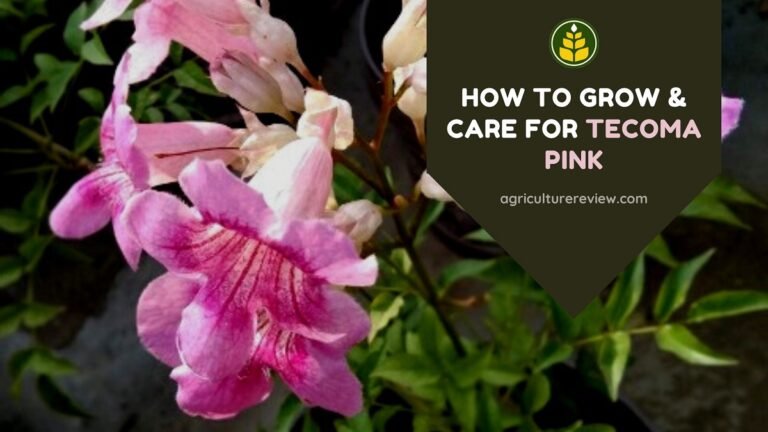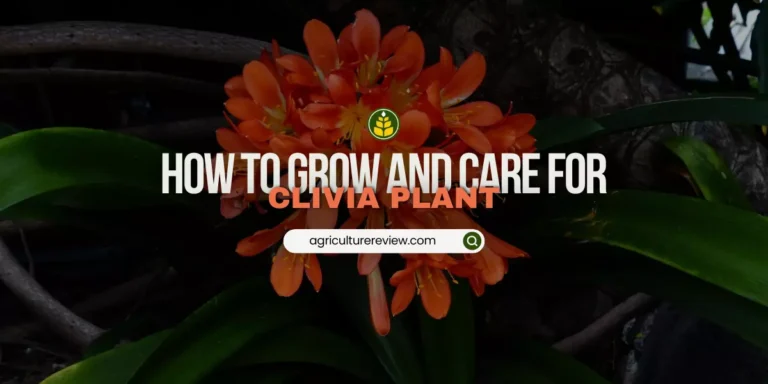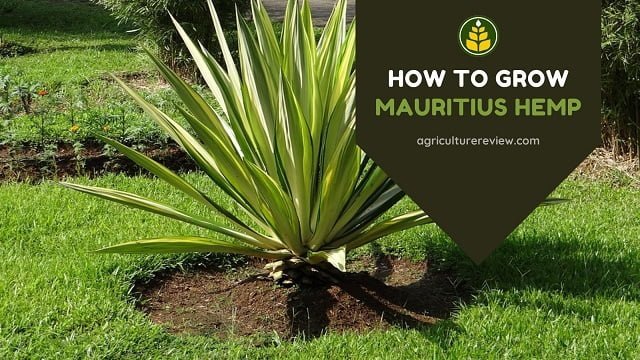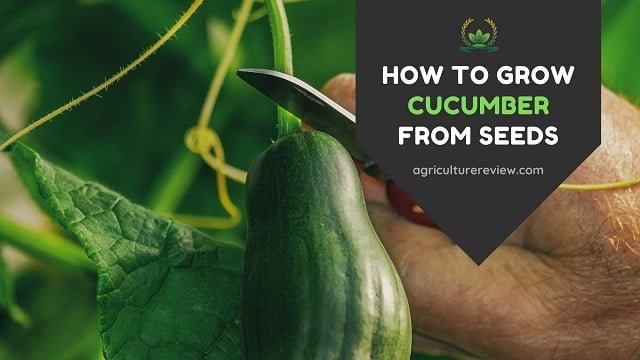This ultimate guide on how to grow and care for Pilea plant will help you in keeping your plant healthy. Get to know sunlight, watering, fertilizers, and growing season of Pilea peperomioides.
It feels really good when our plant grows very well. And that too indoor plants are such a good companion for a healthy life. And one such companion that you can grow indoors is Pilea.
However you can also checkout my other article on best indoor plants for your home. In that article you will learn more about various plants such as pilea that can add value in our life.
Table of Contents
Introduction
Pilea peperomioides or Pilea is an evergreen, perennial, houseplant which is also known as Chinese money plant, Missionary plant, The friendship plant, etc. However there are over 600 species of genus Pilea. They are mainly divided into two types.
One is upright bushy type and the other other is trailing type. You can easily grow and care for smaller Pilea varieties indoors. Pilea are known worldwide for beautiful shape and design of their foliage. They have circular leaves with petiole attached near the centre.
Pilea peperomioides Care Guide
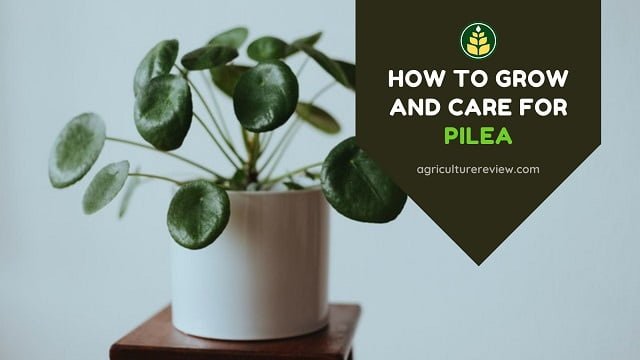
Growing Season
Pilea is a tropical plant that can easily grow in plant hardiness zones 9, 10, and 11. If you are living in tropical or sub tropical regions then pilea can be a good choice for your home garden. Spring season is the best season to propagate or transplant your pilea plant.
Potting Mix
Pilea loves well drained potting mix that is rich in organic matter. Avoid growing them in waterlogged or soggy soil. Pilea grow best when soil ph is around 5 to 6.
If you do not have ideal soil then you can prepare potting mix with 40% garden soil + 20% river sand + 10% cocopeat + 30% organic compost. You can use vermicompost for this purpose.
However I also prefer adding a handful of neem cake fertilizer and 1 tablespoon bone-meal for best results.
Selection Of Pot
For caring for Pilea you can select any 8 to 10 iches sized pot with at least 2 to 4 drainage holes at the bottom. I prefer growing them in earthen pots but you can also prefer designer or plastic pots for growing pilea.
Sunlight
In native regions Pilea peperomioides grows in shady damp rock forests. Therefore you can keep them under medium to bright indirect sunlight exposure. However this plant can also survive in low light conditions, but under low light condition plant growth will become leggy.
Do not ever keep this houseplant under harsh direct sunlight. It can burn the leaves and damage plants.
One more important tip!
If you want to see symmetrical growth of pilea then keep rotating the pot time to time in the direction of sunlight. It will help to promote even growth of all sides.
Watering
Moderate watering is good for the growth and care of pilea plants. I prefer watering only when the top layer of soil seems dry. However I also keep checking waterlogging condition in the soil. For this I dig the soil to one inch around the base of the plant without disturbing its roots.
And by touching the soil I can feel whether the soil is too wet or dry. You can practice this once after every 20 to 30 days. This helps me in maintaining good hygiene of potting mix. You can use garden pump sprayer for watering pilea.
Fertilizers
You can feed your plant from spring to summer with moderate amount of fertilizers to promote good growth. For this you can use tea leaf compost along with one table spoon bonemeal once after every 30 days. Or you can also use vermicompost instead of tea leaf compost.
Pests & Diseases
Pilea peperomioides can get affected from mealy bugs, spider mites, scales and fungus gnats. In case of infestation you can use diluted neem oil spray during early mornings to control them.
Repotting
Pilea is a moderate to fast growing plant. Hence you will need to repot annually during spring season. However you can also repot during summer season but avoid repotting during winter season.
You can select larger pot and fill it with newly prepared potting mix. You can divide the offshoots from the main plant and can repot depending on the size of the plant. Make sure to avoid damaging roots to promote good growth.
Author’s Note
I guess you are now clear on growing and caring for pilea plant. If you have any queries, suggestions, or idea then comment below. You can also connect with Agriculture Review on Facebook, Instagram, and Koo.

